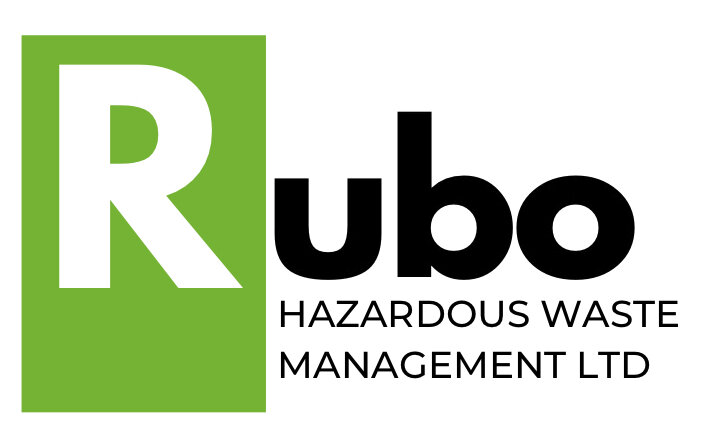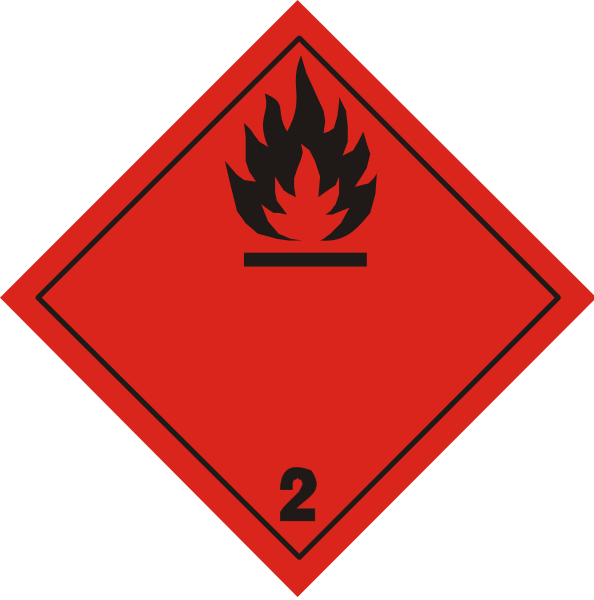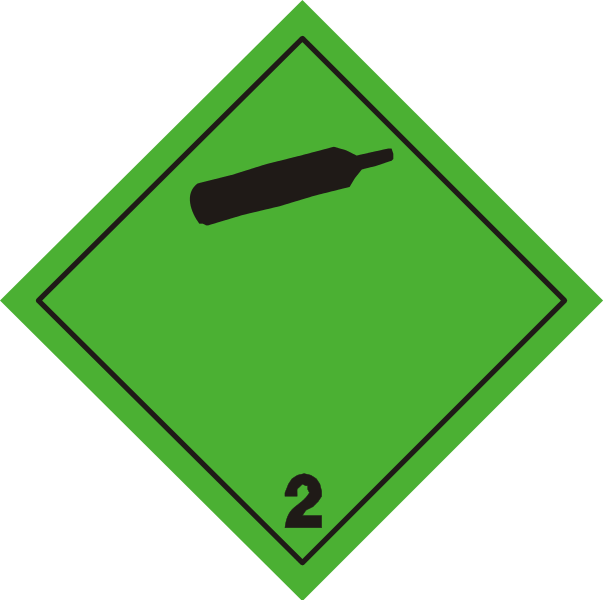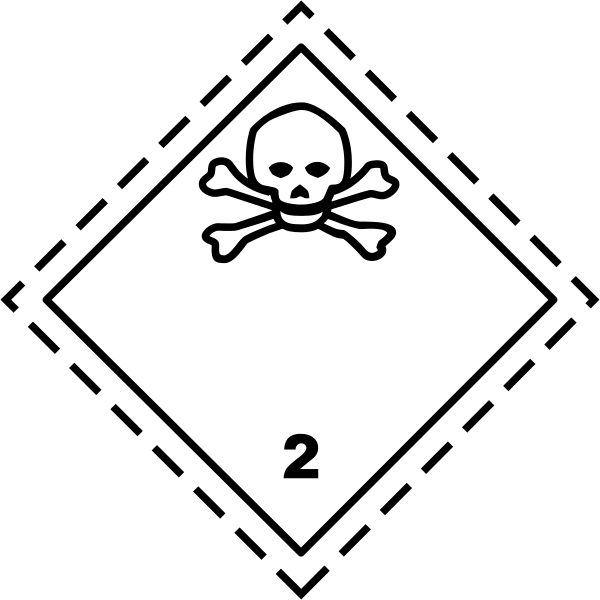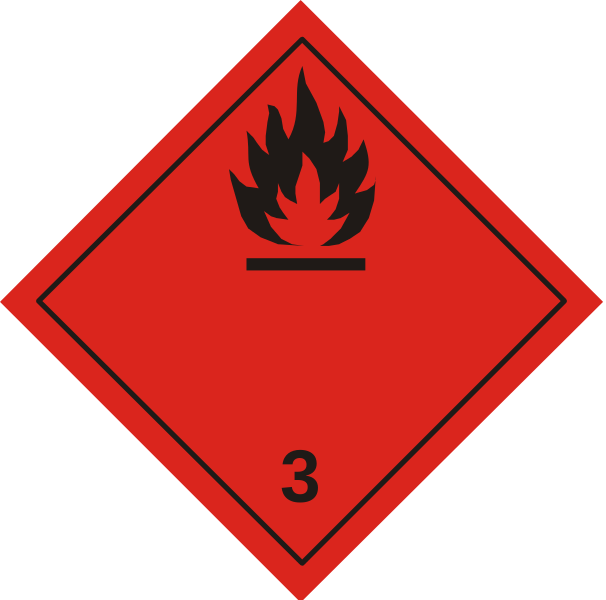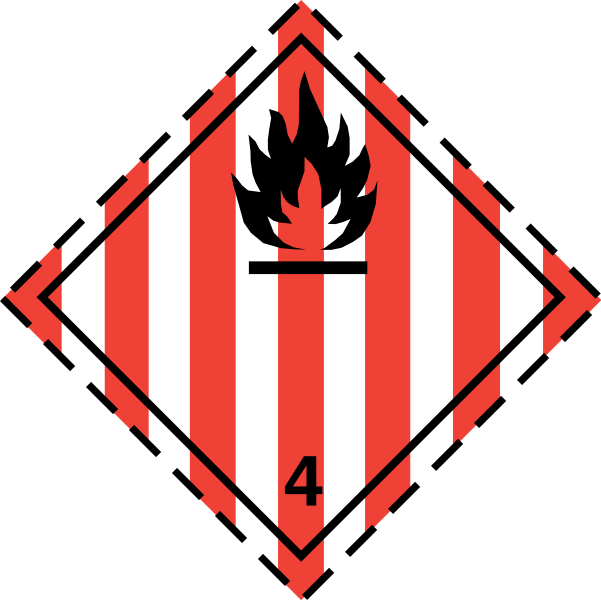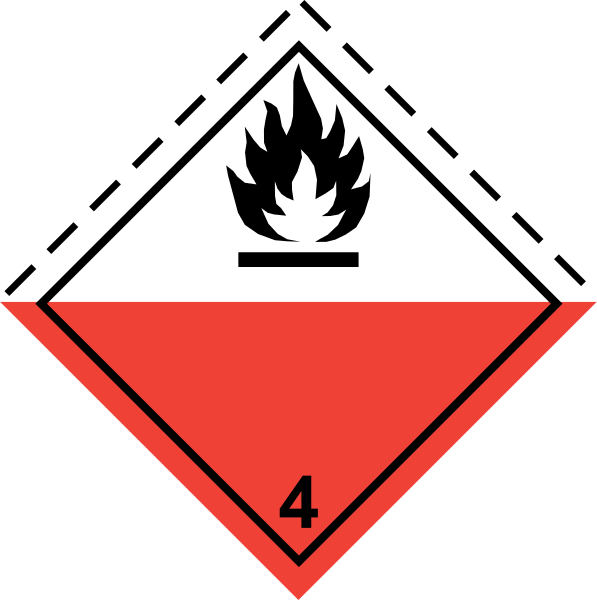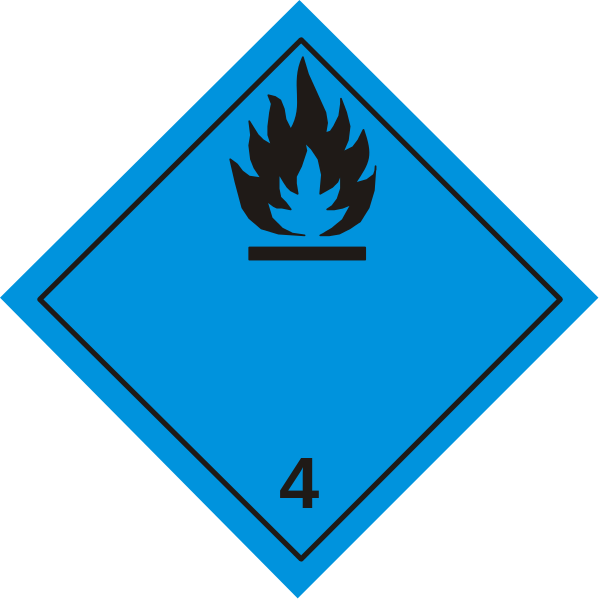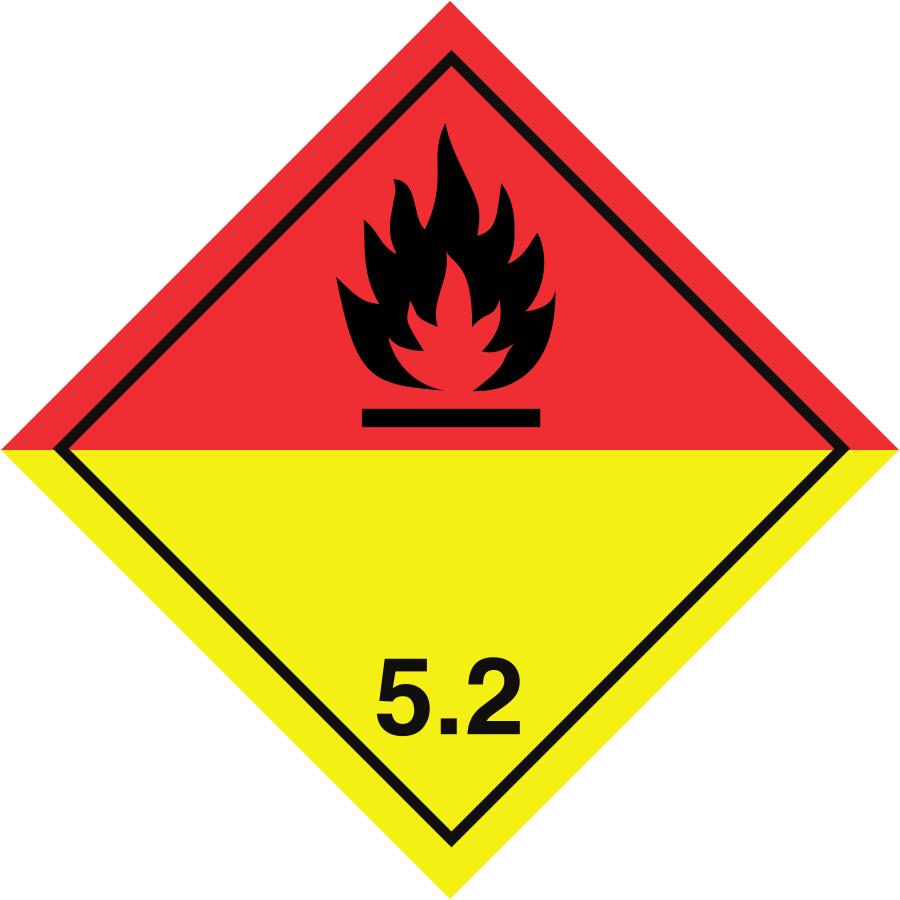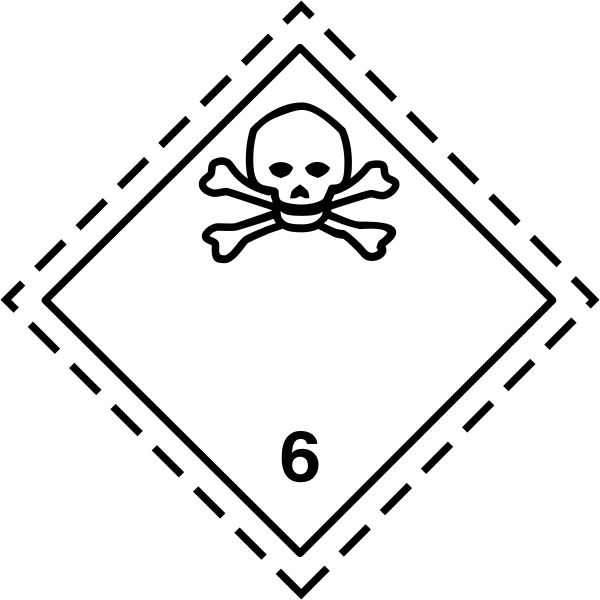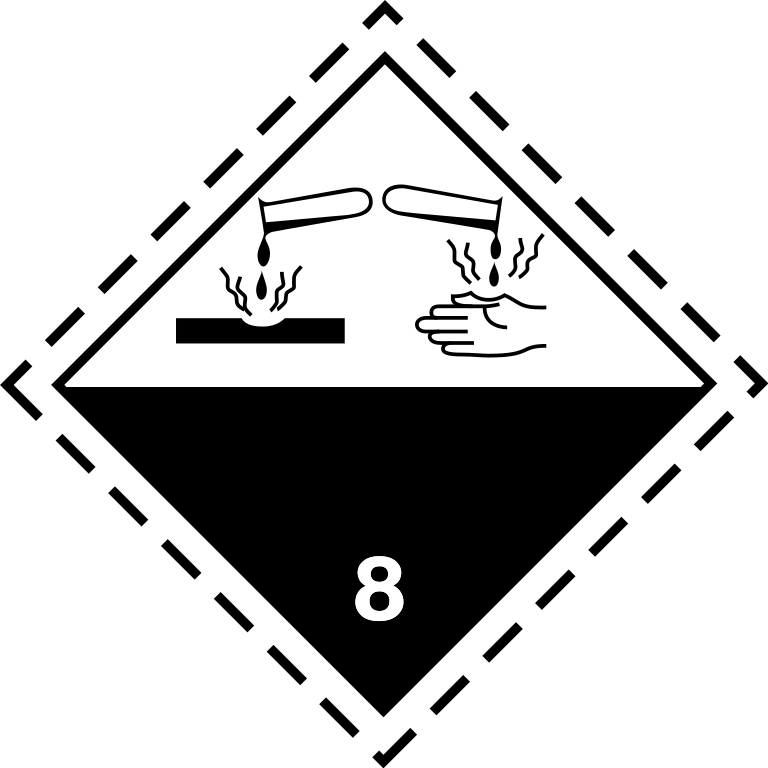
Hazard Property Codes: Ensure Safe and Compliant Waste Management
At Rubo, we offer expert hazardous waste assessments and disposal services. Our team is your one-stop solution for waste collection, classification, and disposal, ensuring your business stays compliant with all regulations.
Contact us today to discuss your hazardous waste needs and get a quote.
Hazard Property Codes: Stay Compliant with Safe Waste Management
The Environment Agency provides detailed guidance on waste classification, including the assessment of hazardous waste. At Rubo, we help your business comply with these regulations by providing expert waste classification and disposal services. There are 15 hazard property codes (HP Codes), listed and explained below.
Our waste classification services ensure your business meets all legal requirements. Contact us today for expert assistance with your hazardous waste management.
What Are Hazard Property Codes?
Hazard Property Codes (HP Codes) are used to classify hazardous waste. This is a legal requirement for the safe transport and disposal of waste. The following are the 15 HP Codes that define different types of hazardous waste:
HP 1 – Explosive Waste
Waste that can cause dangerous chemical reactions, producing gas that can damage surroundings (e.g., pyrotechnic or self-reactive waste).HP 2 – Oxidising Waste
Waste that can provide oxygen, causing or contributing to the combustion of other materials.HP 3 – Flammable Waste
Waste that is easily ignited, including liquids with a flashpoint below 60°C, flammable gases, or solid waste that ignites through friction.HP 4 – Irritant Waste
Waste that can cause skin irritation or damage to the eyes upon contact.HP 5 – Specific Target Organ Toxicity (STOT)
Waste that can harm specific organs through repeated exposure or cause toxic effects when inhaled or absorbed.HP 6 – Acute Toxicity Waste
Waste that can cause severe health effects when ingested, inhaled, or through skin contact.HP 7 – Carcinogenic Waste
Waste that can cause cancer or increase the risk of cancer.HP 8 – Corrosive Waste
Waste that can cause severe skin corrosion upon contact.HP 9 – Infectious Waste
Waste containing microorganisms or toxins that can cause disease in humans or animals.HP 10 – Toxic for Reproduction
Waste that can negatively affect reproductive health or harm offspring development.HP 11 – Mutagenic Waste
Waste that can cause permanent changes in genetic material (mutations).HP 12 – Releases Acute Toxic Gas
Waste that releases toxic gases when in contact with water or acids.HP 13 – Sensitising Waste
Waste that contains substances that can cause allergic reactions, affecting the skin or respiratory system.HP 14 – Ecotoxic Waste
Waste that poses risks to the environment, potentially affecting ecosystems.HP 15 – Waste Capable of Displaying Hazardous Properties
Waste that could show any of the hazardous properties listed above, even if not originally present.
Need Help with Hazardous Waste Management?
Rubo is here to ensure your business stays compliant with all hazardous waste regulations. Our expert team can assist with waste classification, handling, and disposal.
